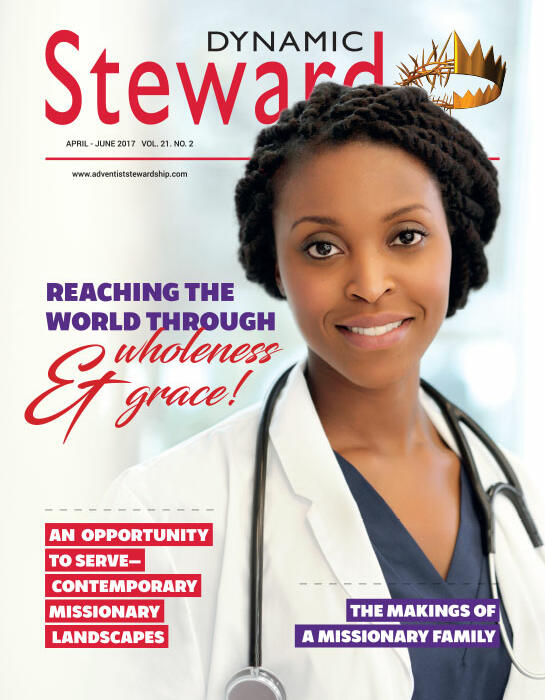infographic
A WINDOW ON THE WORLDWIDE ADVENTIST HEALTHCARE MINISTRY
PETER N. LANDLESS in conversation with PENNY BRINK
We have highlighted the numbers relating to our Adventist healthcare institutions and those who work for them around the world in the accompanying infographic. One can only wonder how the operating costs are funded for 763 hospitals, clinics, and other organizations with about 250,000 employees* serving the needs of 1,278,420 inpatients and 18,882,751 outpatients, ACCORDING TO THE 2015 ANNUAL REPORTS.
We turn to Dr. Peter Landless for comment:
First, although our hospitals need to sustain their mission, they are all not-for-profit organizations. That does not mean that they don’t charge for services, especially in areas where their cliental generally have medical insurance or can afford services. Such hospitals can plow money back into mission endeavors, both local and distant. Many hospitals were built earlier on to serve the more outlying areas, but urbanization has affected which people we serve and where we serve them. Nevertheless, we exist to serve the communities that we’re in, whether those communities include Adventists or not. The value in service-dollars—what the people would have paid if they were charged full price for the services, but weren't—is US$604,118,511 for 2015. This is a conservative estimate.
The workers in our hospitals are also inspiring in that they embrace the mission and values of the Seventh-day Adventist Church and take ownership. We also aspire to fill the positions in the mission fields by training people in our medical schools, such as Loma Linda University in California in the United States. We have also just seen our first class of graduates from the Ben Carson School of Medicine at Babcock University in Nigeria, and we’re excited about a new medical school that is currently being developed in Rwanda in the territory of the East-Central Africa Division. A key thing we need to remember as stewards of the church’s mission, is that hospitals lead to evangelism and the establishment of local churches. That is a fact.
Some church members may remember participating in the Health and Temperance Offering as part of our Calendar of Offerings, until about 18 years ago. That offering used to go toward our medical missionary work, but there is no longer such a designated offering. This leaves the matter of appropriations for these institutions entirely to the divisions within which they exist. Ultimately, this places the matter of funding our medical mission work in the hands of our church members who participate in Systematic Benevolence, that is, regular, faithful returning of God’s tithe and giving of offerings that will benefit God’s work. In this way, the administrative levels, such as the unions or divisions responsible for the institutions, would receive enough money through the channels of the organization so they can provide for our healthcare institutions.

